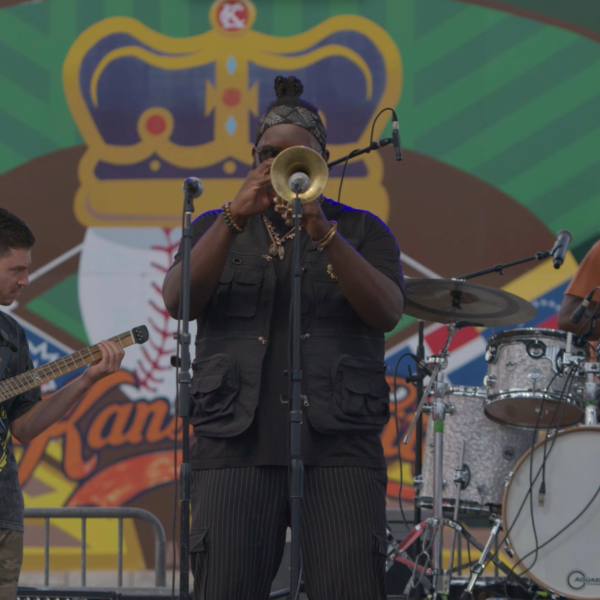The Making of "The Snowy Day"

Amid the sit-ins, marches, and protests of the Civil Rights movement, Ezra Jack Keats played a quieter role, choosing to be an activist on the page rather than in the streets. In 1962, he published The Snowy Day, the first full-color picture book to feature a black child as its protagonist. Written and illustrated by Keats, the book won the 1963 Caldecott Medal and went on to become an icon of children’s literature. Using beautiful layers of collage illustrations (one of the first to do so), the book describes the snow day adventures of Peter, a little boy who lives in the city.
“The children's picture book publishing industry didn't believe before that time that books featuring minority characters would sell very well; it didn't think that there was a market for it,” said Erin Clancy, curator at the Skirball Cultural Center in California. A Blue Star Museum, the Skirball is currently exhibiting The Snowy Day and the Art of Ezra Jack Keats, which originated at the Jewish Museum in New York. “What Keats effectively proved is that that notion was entirely false,” she said.
Although The Snowy Day’s historical significance might not be fully grasped by children, the Skirball has made sure the book’s young audience is fully included in the exhibit. Artwork is hung closer to a child’s eye-level, family-friendly labels are designed to be read and understood by children, and kids can walk through simulated snow, match characters with their shadows, or even make collages of their own.
Visitors will also learn about Keats himself, who was born in 1916 to Jewish-Polish immigrants—a fact Clancy said many are surprised by. Growing up in poverty in the Brooklyn tenements, Keats felt both the sting of poverty and anti-Semitism, which was expressed freely and flagrantly at that time.
“He felt a sort of shared experience with others who had gone through discrimination because of his experiences as a Jewish child, his socioeconomic status, also just because he was a small, sort of artistic loner growing up,” said Clancy.
Perhaps this helped fuel the injustice he later felt over the absence of minority children in the books he illustrated. A painter who worked in the comic industry and commercial art, Keats fell into children’s books when a publisher reached out and asked him to illustrate for her children’s division. In eight years, he illustrated some three dozen books, none of which prominently figured a minority character.
“That wasn't a reflection of his life growing up, his neighborhood; it wasn't real,” said Clancy. By reflecting their lives in books, “he wanted children to feel a sense of self-acceptance.” If your story is important enough to tell, then you must be important too.
The Snowy Day grew in part from this frustration, and marked Keats’s first attempt at writing a book entirely on his own (he co-authored My Dog is Lost!, published in 1960, with Pat Cherr). A lifelong New Yorker, he set the story in the city, as he did with most of the visual artwork he had created since he was a teen, some of which is on display at the Skirball. The inspiration for Peter came from a photo series in Life magazine of a little boy that Keats had clipped years before. Charmed by the child’s expressions, Keats finally found a home for his muse in Peter, who went on to appear in six more of Keats’s books.
As groundbreaking as Peter was, The Snowy Day also marked a major shift in Keats’s artistic style. Prior to the book, Keats had always painted, which was how he originally tried to illustrate The Snowy Day. But, Clancy said, “[I]t wasn't working. It wasn't rich enough. It didn't reflect the grittiness of the city I suppose. He stumbled into collage, and that's how he illustrated every single book after it.”
Most of the illustrations from The Snowy Day are on view at the Skirball, as well as pieces from subsequent books such as A Letter to Amy (1968), Hi, Cat! (1970), and Louie (1975). “Every book is like a mini art gallery in itself,” said Clancy, “The words are very simple, the stories are very simple, but the artwork is complex, and that's because kids are very visual and they get it…. He really respected children's ability to see complex visual images.”
Although Keats never had children of his own—he is said to have considered his characters to be his children—he continued to write and illustrate picture books through the remainder of his life, quietly doing his part to instill children with the knowledge that their story was worth telling.




